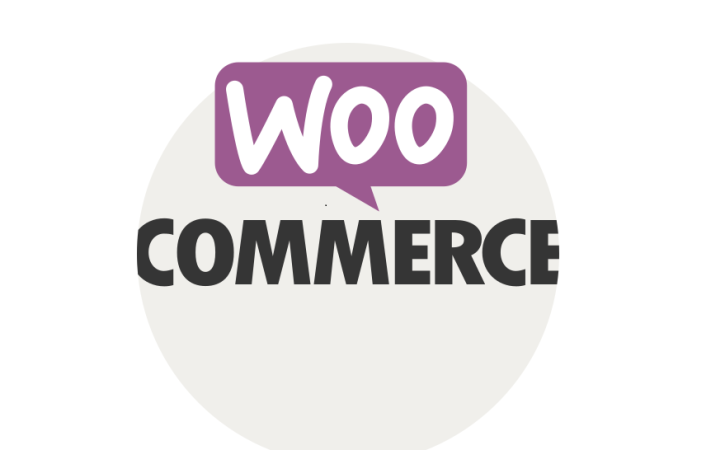In today’s digital landscape, a well-designed website is crucial for any organization, especially for charities. A charity’s website serves as its online face, providing essential information, facilitating donations, and engaging with supporters. As modern website design continues to evolve, it’s vital for charities to adopt contemporary design principles that enhance user experience and drive engagement. This blog will explore the key elements of effective charity website design and how modern design trends can elevate a charity’s online presence.
Why Charity Website Design Matters
1. First Impressions Count
When potential donors or volunteers visit a charity’s website, their first impression can significantly influence their perception of the organization. A professional, modern website design conveys credibility and trustworthiness. If a website looks outdated or poorly designed, visitors may question the charity’s legitimacy and professionalism.
2. User Experience (UX)
Modern website design prioritizes user experience. A well-structured website with intuitive navigation makes it easy for visitors to find the information they need. For charities, this means ensuring that users can quickly access details about the organization, its mission, ongoing projects, and how they can contribute. A positive user experience encourages visitors to stay longer on the site and increases the likelihood of donations.
3. Mobile Responsiveness
With the increasing use of smartphones and tablets, having a mobile-responsive website is essential. Modern website design emphasizes responsive layouts that adapt to different screen sizes. For charities, this means that potential donors can easily navigate the site and make donations from their mobile devices, increasing the chances of receiving contributions.
4. Storytelling and Engagement
Charities thrive on storytelling. A modern website design allows organizations to showcase their impact through compelling narratives, images, and videos. By effectively telling their story, charities can connect emotionally with visitors, inspiring them to support the cause. Incorporating modern design elements, such as parallax scrolling and interactive content, can enhance storytelling and keep visitors engaged.
Key Elements of Effective Charity Website Design
1. Clear Branding
A charity’s website should reflect its brand identity. This includes using consistent colors, fonts, and imagery that align with the organization’s mission and values. Modern website design emphasizes clean, minimalist aesthetics that allow the charity’s message to shine through without distractions.
2. Easy Navigation
A well-organized navigation menu is crucial for guiding visitors through the website. Modern design principles advocate for simple, intuitive navigation that allows users to find information quickly. Key sections to include are:
- About Us
- Our Mission
- Projects and Initiatives
- Get Involved (Volunteer/Donate)
- Contact Information
3. Donation Integration
The primary goal of many charity websites is to facilitate donations. Modern website design incorporates seamless donation processes, allowing users to contribute easily. This can include:
- Prominent “Donate” buttons on every page
- Multiple payment options (credit card, PayPal, etc.)
- Recurring donation options
- Transparency about how donations will be used
4. Engaging Visuals
High-quality images and videos can significantly enhance a charity’s website. Modern design trends favor large, impactful visuals that capture attention and convey emotion. Charities should use images that showcase their work, beneficiaries, and community impact. Additionally, incorporating video testimonials or project highlights can further engage visitors.
5. Social Proof and Testimonials
Including testimonials from beneficiaries, volunteers, and donors can build trust and credibility. Modern website design often features social proof elements, such as:
- Donor recognition
- Impact statistics
- Case studies
- Media coverage
These elements can reassure potential supporters that their contributions will make a difference.
Modern Design Trends for Charity Websites
1. Minimalism
Modern website design often embraces minimalism, focusing on essential elements and reducing clutter. For charities, this means prioritizing content that communicates their mission and impact without overwhelming visitors with excessive information.
2. Bold Typography
Using bold, readable typography can help convey messages effectively. Modern design trends favor large headlines and clear fonts that enhance readability and draw attention to key information.
3. Interactive Elements
Incorporating interactive elements, such as donation sliders, impact calculators, or engaging infographics, can enhance user engagement. These features allow visitors to explore the charity’s work in a dynamic way, making the experience more memorable.
4. Color Psychology
Colors evoke emotions and can influence user behavior. Modern website design leverages color psychology to create a specific atmosphere. For charities, using warm, inviting colors can foster a sense of community and compassion, encouraging visitors to get involved.
5. Accessibility
Modern website design prioritizes accessibility, ensuring that all users, including those with disabilities, can navigate the site effectively. This includes using alt text for images, ensuring sufficient color contrast, and providing keyboard navigation options.
Conclusion: Elevating Charity Websites with Modern Design
In an increasingly digital world, effective charity website design is essential for engaging supporters and driving donations. By embracing modern website design principles, charities can create a compelling online presence that reflects their mission and values.
From clear branding and easy navigation to engaging visuals and seamless donation processes, every element of a charity’s website should work together to inspire action. As charities continue to adapt to the evolving digital landscape, investing in modern website design will be crucial for their success in reaching and impacting their communities.
If you’re a charity looking to enhance your online presence, consider partnering with a professional web design agency that specializes in charity website design. With the right approach, your website can become a powerful tool for change, helping you connect with supporters and make a lasting impact.











